In fact, there is a growing trend toward online access to educational content and learning resources. Now, more than ever, there is a wealth of available online learning opportunities. Part of the appeal of online classes is that they’re convenient. Students can take lessons at home 24 hours a day, seven days a week, and thanks to a rapidly growing catalog of available content, they can learn about nearly any topic that piques their interest.
In 2017, online learning was a disruptive force in education. Now, education leaders recognize that learning demands are going through a process of transformation. Resultantly, educational content developers are shifting their focus toward the learning needs of the future.
What Lies Ahead For The Next Generation Of Learners In Education
Students in the classrooms of tomorrow can look forward to working with exciting resources, such as robotic kits that educators used to teach coding. Also, educators have grown weary of traditional standardized testing frameworks. Now, digital testing is emerging as an empowering resource that allows educators to track student performance and measure learning improvement over time. Furthermore, institutions can leverage Artificial Intelligence (AI) to develop customized student learning solutions based on test results.
Crowdsourced tutoring is another new concept that’s emerging in education. This fledgling practice, also called micro-tutoring, is in its infancy. Mindfulness and behavioral help will be critical to ensure students’ success. Technological innovations also promise to help educators improve learning outcomes for students with autism spectrum disorders (ASD). Technology is in high demand to improve learning outcomes and ensure everyone can get a quality education.
